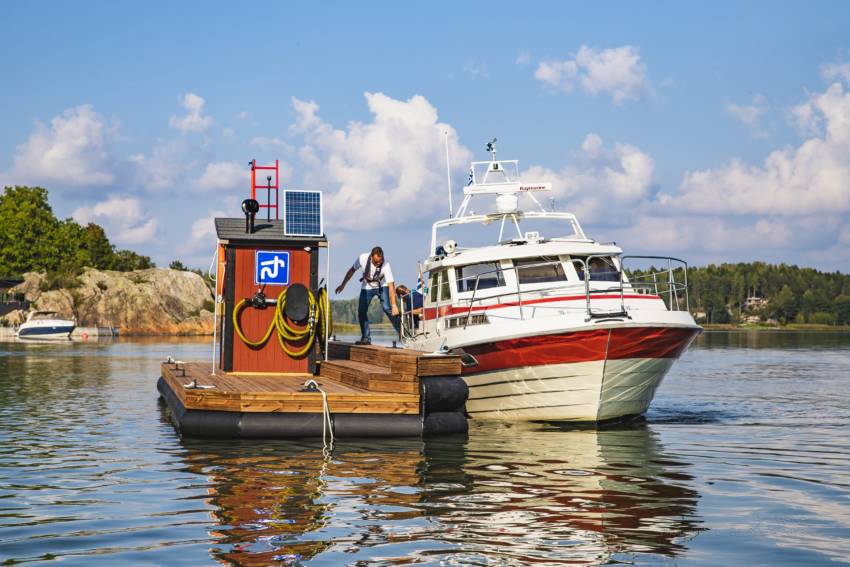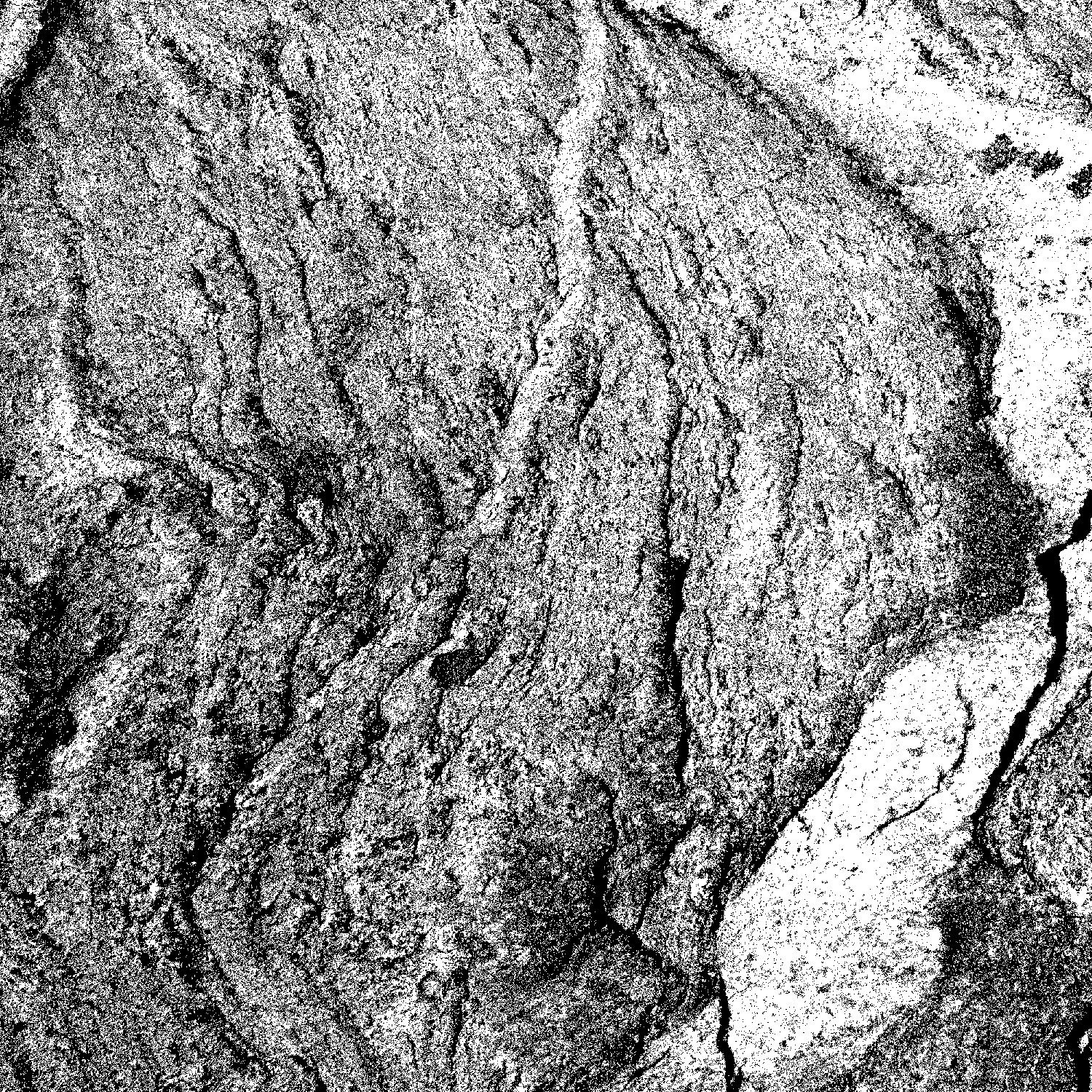Sewage and pumpout procedures

The release of sewage into waterways has been prohibited by law in Finland since 2005. All boats equipped with a marine toilet must also be equipped with a pumpout system. The waste is deposited and stored in a septic tank aboard the boat and is emptied at a later point by using a septic pump. This ensures that the sewage is processed at a water purification plant instead of being dumped and causing the eutrophication of our natural environment and waterways.
Eutrophication is one of the biggest problems in the Baltic Sea as well as a concern for Finland’s lakes. Eutrophication refers to a process where water bodies receive excess nutrients that stimulate excessive plant growth. Eutrophication causes, among other things, the cloudiness of water, overgrown shallows and shorelines, abundant algal blooms, oxygen deficiency and changes in the fish stock.
The sewage from boaters causes a concentrated load, particularly in harbours and shallow bays. Urine contains abundant nitrogen and phosphorus, and the nutrients it contains are already in a form that can be easily absorbed by plants. Excrement contains less nutrients, but it can spread bacteria, which are health hazards, especially in shallow waters during the warm months of summer.
How to use a sewage pump
There are many different types of sewage pumps, such as floating or onshore pumpout stations. Read the instructions for each individual pump thoroughly before use. All pumps operate in basically the same way:
- Remove the cap on the boat’s deck waste fitting.
- Take hold of the pump’s hose and turn on the pump.
- Insert the hose tightly into the deck fitting and hold it there for the entire pumpout process. Open the valve on the handle by turning it parallel to the hose. If the pump you are using is not electric, you will need to empty the sewage tank by pumping manually.
- When all the waste has been pumped out, turn the hose valve back into its original position.
- Finish the process by suctioning some clean water to ensure that the hose is clean and empty for the next user. Place the hose back on its holder.
- Turn off the pump. Some pumps are equipped with a time switch and may, therefore, shut off automatically.
- Do not use the pump to empty your bilge water!
By ensuring the proper handling of the sewage waste on your boat, you help to prevent the eutrophication of the waterways.
